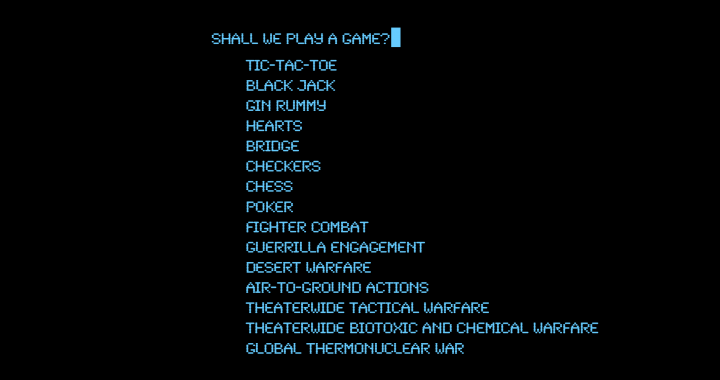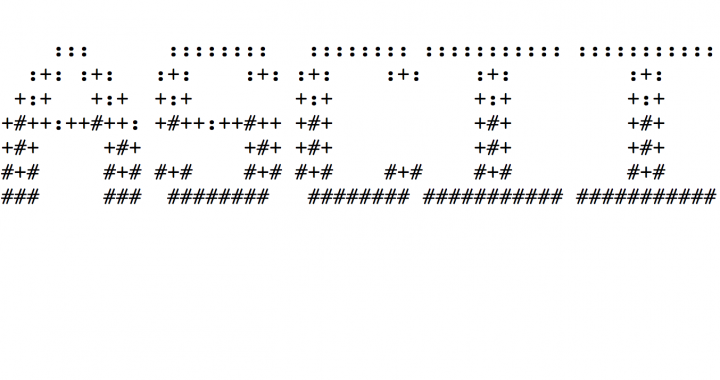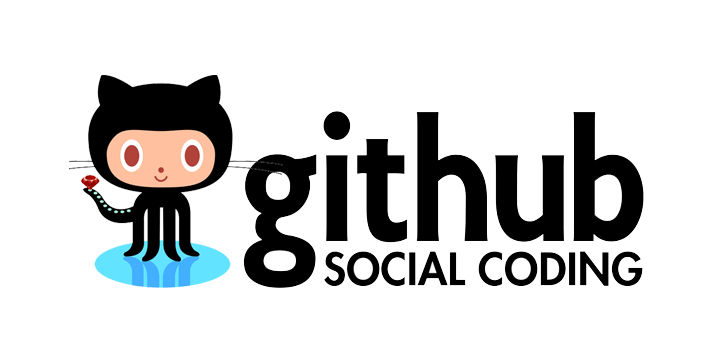:do you ever wonder how a computer works?As a beginner software engineering student at bootcamp School, we are being taught to use the terminal command line to use the functions of a computer. In this post I will explain a very basic concept of what happens with a computer when a user types input. In my work so far and in the ways that I explain a computer system, I will be referring to the bash shell program in Mac OS terminal using ubuntu and GNU linux (click the links for wikipedia references on those concepts).Additionally, to help with my explanation, I’ll use the input command ls *.c as an example of many of the concepts of how terminal and a computer work. This is how that command might look in your terminal:USER@computerNAME: ~/$ ls *.c To learn about commands from the manuals in terminal input ~/$ man yourcommand; an […]
read moreidentity theft: my story of prevention and safe response
Fraud Alert! This true story is about how I realized my identity was stolen and my experiences with dealing with other people using my personal identity (and information against my authorization) to establish new credit cards in my name and use my personal credit cards. Additionally, I discuss the problems that come from identity theft such as when said individual/robot/gang uses another person’s identity for their own gain. Definitions: in discussing with others about this event, I came across some confusion as to the actual definition of identity theft. For the purpose of this article, I would like to define what I mean by the terms identity and identity theft because the terms may not be consistent with everyone. your identity: is any combination of your personal information unique to you such as your: full name, birthday, driver’s license number, passport number, Social Security Number (SSN), address, phone number, e-mail, credit card […]
read moreascii conversion table
This post was inspired because of my continual attempts to reference ASCII characters and codes in my beginning work of learning C and bash at bootcamp School. I simply wanted an easy way to reference the codes and characters, but also share a simple conversion table with no garbage advertisements and slow loading content. Additionally, through my process of researching ASCII characters and codes, I discovered a neat ASCII art website that creates ASCII art text for you. Since I integrated the tool and the art I generated from it into my website, I’ll give a shoutout to the creator (or host, I’m not sure) of the ASCII art generator: patorjk.com/software/taag. Patrick Gillespie! Thank you! Alternative to this blog post, if you are familiar with command line to run bash and shell commands, type $ man ascii to read the manual on ascii, and a list of all the ascii characters. The […]
read moregithub ssh protocol & https password caching
This post has information on how to establish ssh (secure shell) protocol and how to set up caching your password with https protocol for working with github.com. I gathered this information to help myself in my first week of class at bootcamp School in San Francisco in my beginning stages as a Software Engineering student. I was tired of repeatedly entering my username and password for working with github from inside my virtual machine using vagrant, virtual box and ubuntu. So I followed these steps myself, and found that other’s needed help with this process because github’s tutorial / help pages were incomplete; each step is explained on separate URLs. Therefore, I decided to merge all the steps and add some of my own tips from what worked for me, including tips about how to quickly re-add your SSH key to the SSH agent in the event that you are […]
read more


